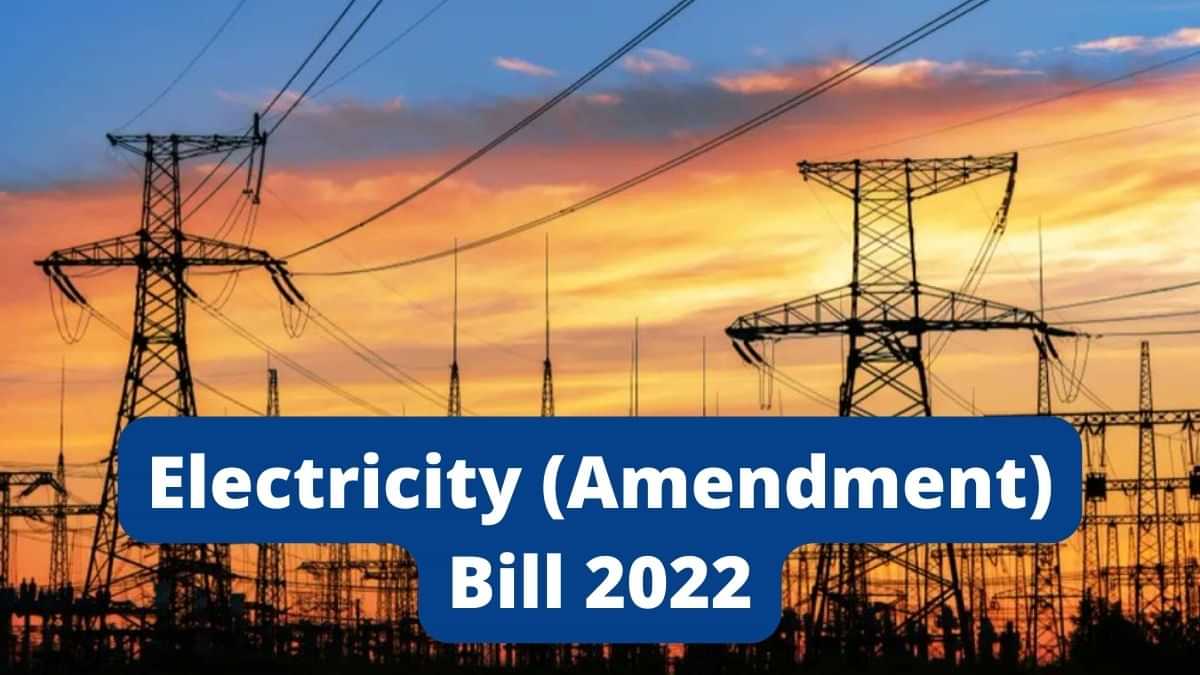Live Classes

Concerns of states on some provisions of the new Electricity Bill are justified. But the legislation proposes welcome correctives to longstanding problems of the power sector.
The government introduced the Electricity Amendment Bill 2022 in the Lok Sabha recently, and, as expected, the proceedings were not smooth. Though the Bill has been referred to the Parliamentary Standing Committee for Energy, states fear that the Centre is encroaching into their domain in power sector governance. Their biggest grouse is against the proposal to give additional distribution licences in an area already serviced by a distribution company (discom). The licence will be deemed to have been granted if the state electricity regulatory commission (SERC) does not take any action within the stipulated time.
Some of the fears of the states are misplaced. The proposal doesn’t tantamount to encroaching into the their domain because it pertains to policy matters. The Centre is well within its rights to suggest additional licences because power is a Concurrent subject. The feasibility of multiple licences is, however, another issue. The fact is that till we do away with commercial losses, remove cross-subsidies and have complete metering right from the periphery of a discom to the consumer, we really cannot have multiple licences.
That said, some provisions in the Bill do give an impression that the Centre is attempting to undermine the states. Amongst them is the clause pertaining to applicants seeking a distribution licence in more than one state. It states that the Central Electricity Regulatory Commission (CERC), and not the SERC, will grant the licence. This is problematic because a SERC is likely to be more aware of the field-level conditions in a state than its central counterpart. Even if an applicant applies for licences in several states, they should be processed by the SERCs concerned — wherever necessary, these agencies should consult each other. Moreover, the agency that grants the licence should also administer it.
Second, the Bill has a provision empowering the Centre to give directions directly to the SERCs. Till now, the CERC received instructions from the Centre and the SERCs were under the state. The new Bill enables the Centre to bypass state governments. It’s not surprising that this is a matter of concern for the states.
Third, the Bill has made a small change in the composition of the committee for selection of Chairman/members of the SERCs (amendment of section 85). Instead of having Chairman CEA/Chairman CERC as the third member, it will now be a nominee of the central government at the level of additional secretary.
Actually, the fears of encroachment did not begin with the Bill. Concerns were raised when earlier versions of the Bill were introduced. The enactment of the Electricity (Rights of Consumers) Rules, 2020 aggravated the fears. These rules spoke of matters solely related to distribution which, no doubt, is a state subject.
However, not everything is regressive about the Bill. The first relates to states reneging on power purchase agreements (PPAs), especially those with renewable power producers. Renegotiation of such PPAs has become a fraught issue. The Bill states that if PPAs are renegotiated, the affected party has to be compensated within 90 days from the date of submission of the petition.
Second, new tariffs have to be made applicable from the beginning of the financial year. New tariffs often come into force in the middle of the financial year (due to delays in the issuing of orders by SERCs). This means that discoms do not earn their full revenues leading to cash flow problems.
Third, the Bill has proposed a reduction in the time for processing tariff petitions from 120 days to 90 days. This is a welcome step. Fourth, regulatory commissions have been given suo motu jurisdiction if tariff petitions are not filed within 30 days of the stipulated time. This too is a step in the right direction. Fifth, the Bill talks about ensuring a payment security mechanism before dispatch. This will ensure that dues to generators do not swell up to unmanageable levels. Sixth, the Bill proposes to give more teeth to the national load dispatcher. We need to strengthen the load dispatcher for the smooth functioning of the grid, especially with a huge renewable capacity — where intermittency of generation is a major issue — in the offing.
There is, however, a major omission in the Bill. The government had declared the Railways to be a deemed distribution licensee in 2014 under the third proviso of Section 14 of the Electricity Act 2003. In layman’s terms, this proviso states that a government department transmitting, distributing or trading in electricity will be deemed as a licencee under the Act. Since the railways was never transmitting, distributing or trading in electricity but was a bulk consumer, it should not have qualified to be a deemed distribution licensee. The railways does not perform several other tasks expected of a distribution licencee. The submission of a tariff petition for instance. The exception made for the railways had led to demands for a similar licence from entities such as the metro rail and ports. This was the time to take corrective measures. We seem to have missed the bus.
Paper - 2 (Governance)
Writer - Somit Dasgupta (ormer member (Economic & Commercial), CEA)
Download pdf to Read More